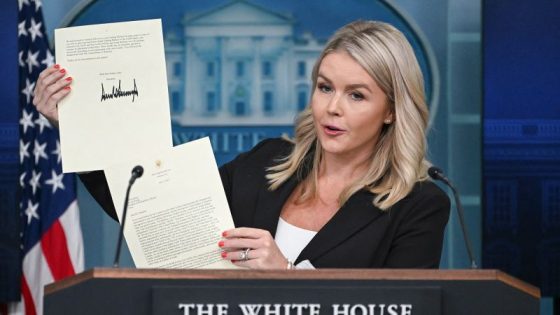President Donald Trump is intensifying trade tensions with new tariffs aimed at several countries, including Japan and South Korea. On July 9, 2025, Trump announced that these nations would face a 25% tariff, effective August 1, as part of his ongoing strategy to address trade deficits.
- Trump announces new tariffs on trading partners.
- Deadline for tariff negotiations extended to August.
- Japan and South Korea face 25% tariffs.
- Other countries may see tariffs up to 40%.
- US stocks decline after tariff announcements.
- Tariffs could raise prices for American consumers.
In a series of letters, Trump informed leaders from seven countries about their new tariff rates, which could rise as high as 40%. This move is designed to encourage foreign manufacturers to produce goods in the united states, potentially impacting American consumers with higher prices.
As negotiations continue, the implications for U.S. markets and international relations remain significant. How will these tariffs affect American consumers and businesses?
This escalation raises important questions about the future of U.S. trade policy. Will these tariffs lead to better deals, or will they provoke retaliation from affected countries?
- Tariffs could increase consumer prices on imports.
- Negotiations may still yield trade agreements before the August deadline.
- Stock markets reacted negatively, showing investor concern.
As the situation develops, staying informed will be crucial for understanding the broader economic impact of these tariffs. Will Trump’s strategy ultimately benefit American interests?































